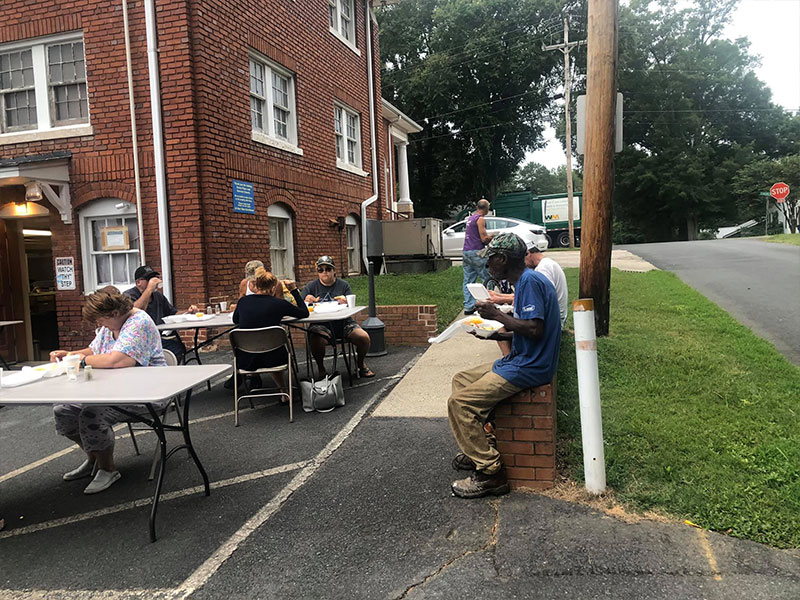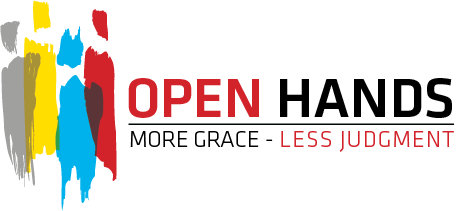Our Impact

Economic Impact on Stanly County Through the Distribution of Naloxone at UHRI
Uwharrie Harm Reduction Initiative is on the front lines of the drug use epidemic. We reach people by meeting them where they are and help them establish their own goals and expectations. We discuss their options and help them to realize that there is only one choice for a strong future and that is to change. By working with closely with our friends and showing them the various options that are available, there is less resistance to change. A core belief in our program is to respect people struggling with Substance Abuse Disorder and find the ways to guide them to sobriety. While the concept of Harm Reduction may cause some people to question why we provide our friends with sterile supplies while they are using, by doing so, we help prevent chronic diseases such as AIDS, HIV, Hepatitis, endocarditis, and other consequences that will be a burden on the community.
We also provide naloxone which reverses overdoses and keeps them alive. This often negates the need for transportation by EMS and care in the Emergency Department which is also a savings to the community. Finding ways to keep those who are suffering with Substance Abuse Disorder alive, gives us the opportunity to help them seek help and to go into recovery. Through partnerships, we provide various health testing opportunities to our
clients. They are tested for HIV and hepatitis as well as other illnesses. We refer them to clinics for treatment if they are found positive.
Our Impact:
These figures are from a conversation with Captain Mike Campbell, Stanly EMS. The Unit Hour Utilizations (UHU) puts a minimum of one hour on each response call.
Cost of EMS Unit:
Call made, unit responds, transport refused. The costs of this type of call is calculated at $300 per hour. This includes salaries (2 staff), wear and tear on vehicle, fuel, response times. Each call is calculated at a minimum of one hour.
Call made, unit responds, transported to hospital. The cost of this type of call adds $700/$800 to the costs of the call due to higher set costs and longer time obligations. The costs of this call should be calculated at a minimum of $1000.00.
Statistics on overdose calls, 60% refuse transport. 40% are transported 40% of the calls they respond to have already received at least one dose of naloxone and still need assistance due to the amount of fentanyl.
Using these figures, we can reach the following conclusions:
- An average of 100 naloxone kits given out by UHRI per month
- Allowing for 20% waste through loss by those given out, this leaves 80/month being used.
- With the average of 2 used/overdose, this calculates to 40 overdose reversals per month.

Using these statistics combined with the EMS numbers, this calculates into the following cost savings:
40 overdoses prevented through naloxone x 60% (percentage of those who refuse transport) X $300= $7200 per month savings (24 refuse transport)
40 overdoses prevented through naloxone x40% (percentage of those who require transport) x $1000=$16,000 per month savings (16 require transport)
$7200 + $16,000 = $23,200 savings per month to the county $23,200 X 12 = $278,400 annual savings per year through the distribution of naloxone by UHRI at no cost to the county.
The number of Opioid Overdose Emergency Department Visits have decreased by 33% over the same period last year. This is directly affected by the naloxone we distribute. Twelve less ED visits represent a minimum of $12,000 ($1000 each) in saved costs (this is with none of the twelve being admitted for further treatment which would push the costs to an average of $15,000 per admittance).
Neighboring Counties to Stanly County (2022 YTD compared to 2021 YTD) :
Montgomery County +25%, Cabarrus +15.5%, Mecklenburg +24.4%, Rowan +48%,
Davidson County +18%, Randolph +38.9%, Union -28%.
